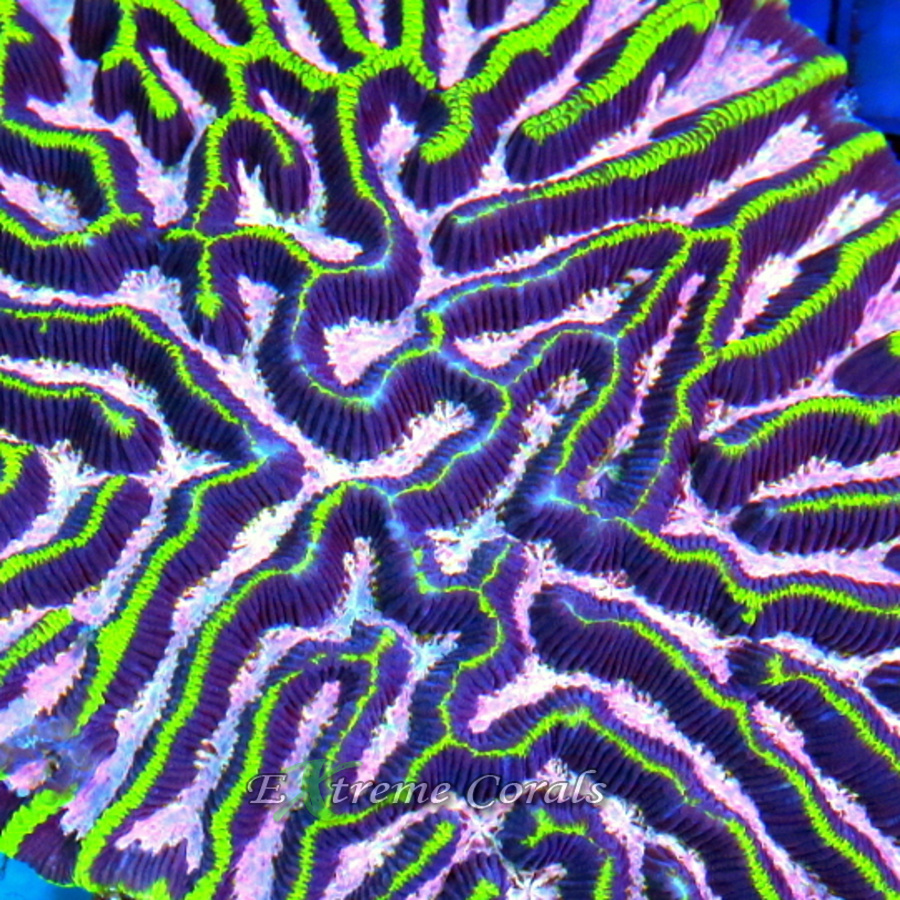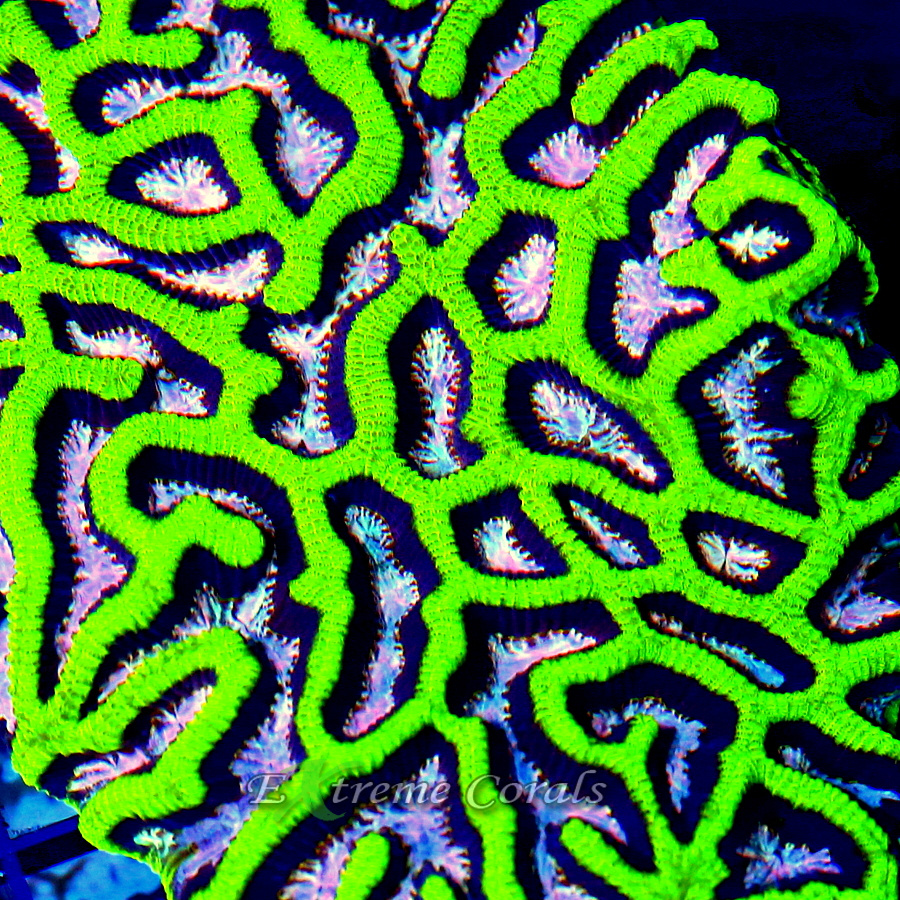Extreme Corals News and Updates
Platygyra Corals: Elevating Your Reef Aquarium
5 Reasons Why Platygyra Corals are a Must-Have in Your Reef Aquarium
Explore the allure of Platygyra corals with 5 reasons they're essential for your reef tank. From vibrant colors to easy maintenance, they bring vibrancy and resilience, thriving in diverse conditions.
by scott Shiles • March 08, 2024
Introduction to Platygyra corals
Platygyra corals, also known as brain corals, are a popular LPS Coral for reef aquarium enthusiasts due to their unique appearance and ease of care. These corals are known for their distinctive round colonies with convoluted patterns, making them an eye-catching addition to any aquarium. Platygyra corals are prized for their ability to thrive in a variety of aquarium conditions, making them suitable for both beginner and experienced hobbyists. Additionally, their striking colors and hardy nature make them a great choice for those looking to add visual interest and diversity to their reef tank. Whether you're looking to start a new reef tank or add to an existing setup, Platygyra corals are a must-have for any aquarium enthusiast.

Benefits of having Platygyra corals in your reef aquarium
Platygyra corals are a great addition to your reef aquarium because they are easy to care for and can thrive in various lighting and water flow conditions. Here are some benefits of having Platygyra corals in your reef aquarium:
- Platygyra corals come in a variety of vibrant colors, adding a stunning visual appeal to your aquarium.
- These corals have a unique, brain-like appearance, creating an interesting focal point in your tank.
- Platygyra corals are known for their fast growth, making them an excellent option for filling out empty spaces in your reef.
- They are hardy and relatively resistant to disease, making them low-maintenance and suitable for beginner aquarists.
- Platygyra corals also have the ability to adapt to different water conditions, making them a versatile and adaptable addition to your reef aquarium.
Understanding the care requirements for Platygyra corals
Platygyra corals are relatively low-maintenance. They thrive in consistent lighting and water flow. Provide them with a stable environment and quality water conditions to promote their growth and health. Consider placing them in the middle to bottom part of your aquarium with moderate to low lighting. Keep a close eye on their growth to ensure they are flourishing in your reef aquarium.
Types of Platygyra corals for your reef aquarium
When choosing Platygyra corals for your reef aquarium, you have a few different types to consider based on their appearance and growth patterns. Here are some common types:
- Brain Coral: This type of Platygyra coral is known for its large, round, brain-like appearance, with intricate patterns and vibrant colors.
- Lobed Coral: Lobed Platygyra corals have wavy, lobed edges and come in various colors, adding unique texture to your aquarium.
- Cauliflower Coral: Cauliflower Platygyra corals have a bumpy, cauliflower-like appearance and can create a captivating visual effect in your aquarium.
- Honeycomb Coral: Honeycomb Platygyra corals have a honeycomb-like structure, with densely packed polyps, offering a stunning and intricate look.
- Ridge Coral: Ridge Platygyra corals have raised, ridged patterns on their surface, creating an interesting and dynamic element in your reef aquarium.
Tips for maintaining Platygyra corals in your reef aquarium
Platygyra corals thrive in moderate to high water flow and require moderate lighting. Keep the water parameters stable, including temperature, salinity, and pH levels. Regularly monitor and maintain calcium, alkalinity, and magnesium levels. Feed the corals with small and frequent feedings of phytoplankton or zooplankton, but be mindful not to overfeed. Lastly, ensure that the corals have enough space to expand and grow without touching other corals to prevent aggression.

